FF Seria Arabic, The First Arabic FontFont

The first Arabic typeface in the FontFont library, Pascal Zoghbi's design was originally called Sada, the Arabic word for "echo". Accordingly, this face is the echo of FF Seria, designed in the nineties by Martin Majoor. The beta versions of Sada Regular and Sada Bold were released with the book for the Khatt Foundation's Typographic Matchmaking project in August 2007. The new FF Seria Arabic – an improved version of Sada – is a young crispy type based on the Arabic Nasekh style. The Regular and Bold are text typefaces, the Light can be used for both display and text, while the Black is purely a display typeface. Besides FF Seria, this Arabic face works well together with all modern serif fonts that share similar proportions and characteristics. FF Seria Arabic also functions independently as a modern Arabic type.

Martin Majoor, designer of FF Seria (left), and Pascal Zoghbi, designer of FF Seria Arabic (right).
Upon completion of the Typographic Matchmaking project, these were Martin Majoor's final remarks:
Since you published your book Arabic Typography, I became interested in the Arabic script but there was never an opportunity to design an Arabic typeface. This project gave me that opportunity, and in a very professional way. I will always benefit from projects that can teach me something new. I learned that it is not simple to make Arabic and Latin typefaces work together harmoniously. The differences are so huge that in fact it would seem almost impossible. I say 'almost' because I think Pascal Zoghbi did a magnificent job and managed to create an Arabic version of Seria that looks and feels like part of the family. If you are not able to read Arabic it is very difficult to judge an Arabic typeface. On the other hand, I was not distracted by 'known' forms and could really concentrate on the abstract shapes. But as I said, Pascal did a very good job and there was little for me to correct. In fact my contribution to this project is Seria, which I designed from 1996 to 2000.

Sketches for Sada.

Matching Sada to FF Seria.
This project is significant for Arab nations who have bilingual or trilingual publications. It makes the typographer's work easier when he/she has to match a Latin font with an Arabic one. In addition, the project will be introducing new Arabic fonts to the market. This project's most interesting aspect for me is that it links Arab and Dutch type designers and encourages them to collaborate together and learn from each other. When Huda contacted me while I was finalising Massira and presented me the opportunity to collaborate with the Dutch type designer Martin Majoor, I was at first a bit worried due to the fact that it would be my first professional type design work and that the due date was tight. However, after taking a closer look at Martin's typeface Seria and analysing its characteristics, I noticed that the treatment of the stroke and the structure of the letters had some similarities to my Massira typeface. In both, the use of sharp broken curves and a crisp look were visible characteristics. Consequently, I grew confident in the project and decided to use Massira as a starting point for the new Arabic companion of Seria.

For me this has been a very good opportunity to create Sada, which is my first published Arabic font available on the market. Also I have greatly learned from working with a renowned Dutch type designer, sharing experiences, and applying my ideas to designing Arabic fonts (and what I have learned during my Master's study at Type & Media). In addition to the design knowledge I have acquired from this project, I learned how to properly generate Arabic fonts, including the different technologies involved, and how different applications and computer platforms render and display Arabic.

Yet the work on Sada didn't end with the publication of the Typographic Matchmaking book. Not only was the design of Sada further refined for Seria Arabic, and some Arabic glyphs improved and changed, but there are also a number of technical improvements:
FF Seria Arabic is now a bi-script Arabic/Latin type family (originally Sada supported only the Arabic script).FF Seria Arabic is available in feature-rich OpenType font format (Sada was TrueType only).The original Regular and Bold were augmented with new Light and Black weights in FF Seria Arabic.Advanced Spacing/Kerning and Hinting were added to FF Seria Arabic.FF Seria Arabic now works in all applications supporting Arabic script on Macintosh and Windows, unlike Sada that only worked in Adobe CS ME applications.

FF Seria Arabic combines basic Latin (Western) and Arabic character sets. As FF Seria does not have any Light and Black variants, Seria Arabic Light comes with Seria Regular Western characters instead, while Seria Arabic Black contains the Western characters of Seria Bold. Type designer and engineer Hasan Abu Afash programmed the OpenType layout features that are needed for the Arabic script system.

Characteristics of the FF Seria Arabic type family

Sharp curves and stroke endings
FF Seria Arabic consists of two different kinds of sharpness applied in the structure of the letters. When the stroke flows into a closed counter (a loop), only the sharp corner is applied on the inner part of the curve, and when the stroke flows into an open counter, the sharpness is applied both on the inner and the outer part of the curve.

Naskh and Kufi-based glyph construction
Since FF Seria Arabic has to work with the serif face FF Seria, a Naskh based structure was adopted with a high contrast structure based on the broad nib pen. Yet, the weight in FF Seria is applied on the horizontal strokes and not on the diagonals as in a traditional broad nib based structure. As a result, the weight in FF Seria Arabic had to be moved from the diagonals to the verticals and make the structure of the glyphs more straightened up.

The solution was to make all the toothed glyphs and the right side of looped glyphs straightened up and the weight applied on the vertical (which is more Kufik), while the stroke in the left side of the glyph has kept a more calligraphic flow, and the weight is applied on the diagonal (which is more Naskh). This combination gives FF Seria Arabic a unique feel.

Open counters
Unlike most Arabic fonts, the counter shapes in FF Seria Arabic are well opened and will not clot up at small point sizes. Additionally, the open counters allow FF Seria Arabic to have more weights (from Thin to Black) and make it more legible and readable.

Proportions of the glyphs
Usually in Arabic font the ascenders and descenders are taller than the loop and tooth heights. That makes the Arabic script feel like it is a line with some upper and lower strokes coming out of it. In FF Seria Arabic there is an even balance between the loop height, tooth height, ascender and descender. This gives the font a more balanced look.
Text colour
The color of FF Seria Arabic in text setting is even. The grey of the text is the same as the grey of the Roman type. This is because the glyphs are proportional.

No straight baseline
FF Seria Arabic is a marriage between a stiff straight baseline and a very calligraphic curvy one. The glyphs connect in a slight curve but at the same time define a very clear baseline. The glyphs sit clearly on this baseline without having a pronounced straight line.

Language support
FF Seria Arabic supports Arabic, Farsi and Urdu Languages and offers the choice between Arabic hanging figures, Indic figures, Farsi figures and Urdu Figures. Usually, most of the Arabic typefaces only have the Indic figures while a few other new Arabic typefaces have lining Arabic figures. Since there are no capitals in the Arabic script, lining uppercase Arabic figures look bigger than the Arabic text. My solution was to borrow the hanging figures of FF Seria and modify them to work better with the Arabic script.

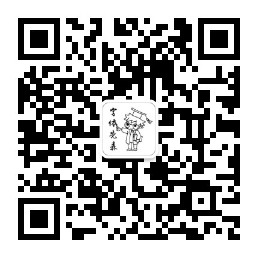




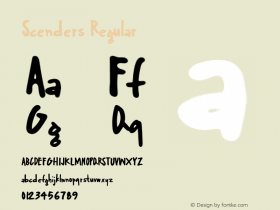














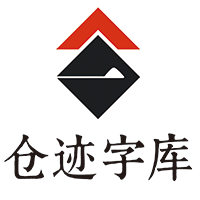

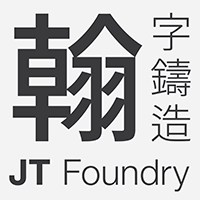
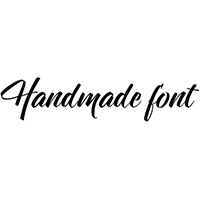
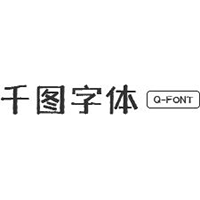
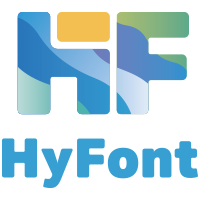


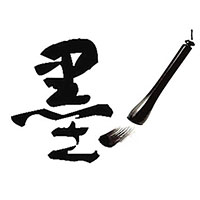





 闽公网安备35010202000240号
闽公网安备35010202000240号